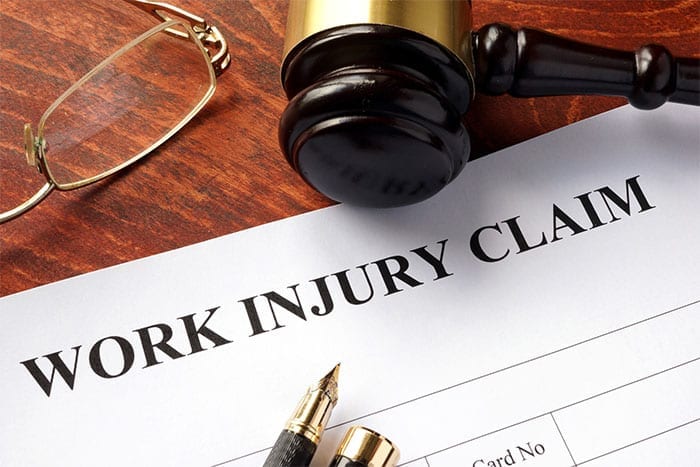At one point in time, land-based maritime workers were not properly covered for work-related injuries.
There was a grey area of shipbuilders, repairers, harbor construction workers, and more who found themselves in a Catch 22.
Thankfully, along came 1927 and the introduction of the Longshore and Harbor Workers’ Compensation Act (LHWCA).
This gave the proper coverage to non-seamen working in navigable waters and adjoining structures, but it’s not entirely understandable at a glance.
If you’d like to learn more about this important act, we’ve got five things you’ll want to hear!
What is the Longshore and Harbor Workers’ Compensation Act?
First up, what is the LHWCA?
In 1927, the U.S. government enacted this law to provide payment compensation, medical care, and vocational rehabilitation to land-based maritime workers.
It’s designed to assist workers in navigable waters of the United States, as well as adjoining areas. For example, areas used for loading and unloading vessels, repairing or building ships, as well as performing construction on harbors are included.
This act went through a number of revisions and extensions, such as in 1972 and 1984, as it was expanded and fine-tuned over time.
5 Facts You Need to Know
The Department of Labor identifies important details of this act, but there are a number of key items to pay attention to.
#1. Longshore Act vs. Jones Act
This is a common misconception. Both acts are practically interchangeable, but the LHWCA is not the same as the Jones Act.
Mainly, the Jones Act specifically covers seamen who are part of a crew of a vessel. The Longshore Act covers land-based maritime workers.
#2. What is Covered?
If you’re wondering what exactly is covered in the LHWCA, it includes injuries and death as a result of working navigable waters or adjoining areas.
Some examples of adjoining areas may include piers, terminals, docks, wharves, etc.
#3. What Should You Do if You are Injured?
If you are injured and seeking Longshoreman workers’ compensation, you should:
- Seek medical attention immediately (if necessary)
- Report to your employer as soon as possible
It is very important you report as soon as possible. You have 30 days to report and can use Form LS-203. Waiting longer could jeopardize your workers’ comp benefits.
#4. Who or What is NOT Covered?
There are some restrictions to the LHWCA that you should be aware of.
A worker may not be covered if:
- He is employed by the U.S. government or any state or municipality
- He was injured or died due to his own intoxication
- The injury or death was self-inflicted
- He is working with the acquisition of fish or sea plants for commercial use
Still, it is important to consult with a maritime lawyer to explore the specifics of your case.
#5. Is Occupational Disease Covered?
Yes, if a worker were exposed to harmful conditions and/or substances that resulted in a disease-related illness, you are covered under LHWCA.
Symptoms of certain diseases may not become apparent until long after exposure or a particular incident. This can make Longshoreman workers’ compensation cases especially tricky.
It’s another reason why reporting injuries even if they did not require immediate medical attention as soon as possible is so important.
Deciphering the LHWCA For Your Own Case
As with any federal law, it can sometimes be difficult to work out all of the do’s and don’ts. Thankfully, land-based maritime workers are covered under the Longshore and Harbor Workers’ Compensation Act.
But your own case may be difficult to work out or may include variables that concern you. If you’d like to speak about a free initial consultation, contact us right away!

